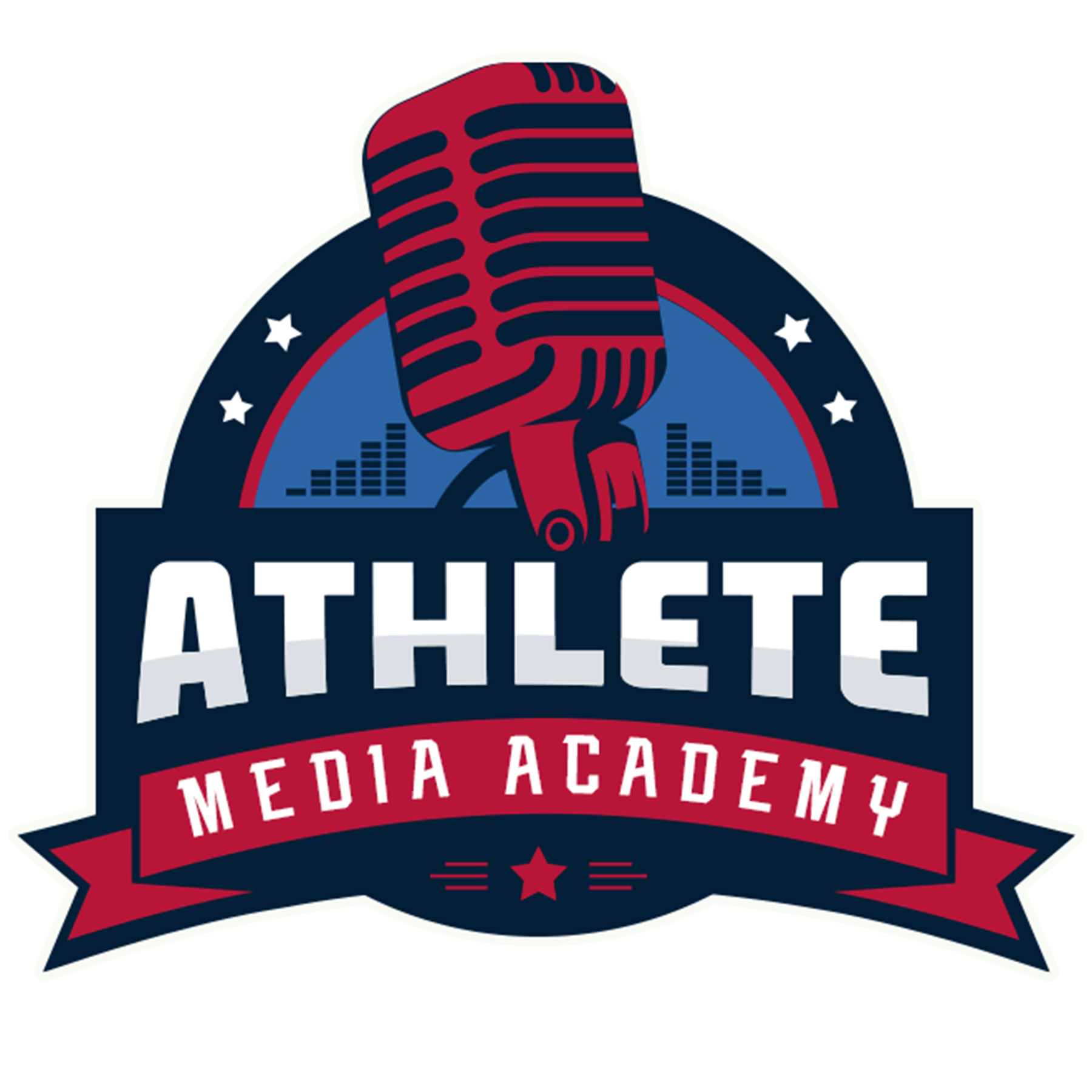Section 3, Lesson 6: Draft Your Social Media Plan
Athlete Media Academy
Module 2: Social Media & Personal Branding
Section 2 – Lesson 6: Draft Your Social Media Plan
Lesson Overview
A well-structured social media plan ensures that athletes maintain consistency, stay on-brand, and engage effectively with their audience. This lesson focuses on drafting a personal social media plan that aligns with branding goals, content strategy, and engagement objectives. Athletes will learn how to set clear goals, create a content calendar, and track their progress for long-term success.
Learning Objectives
By the end of this lesson, athletes will be able to:
✅ Define their social media goals and key focus areas.
✅ Develop a structured content calendar for consistent posting.
✅ Identify key engagement strategies to grow their audience.
✅ Evaluate and adjust their social media strategy based on analytics.
Section 1: Setting Social Media Goals
Before creating content, athletes need to define what they want to achieve through their social media presence.
✔️ Brand Awareness: Building recognition and increasing visibility among fans, media, and sponsors.
✔️ Engagement Growth: Strengthening relationships with followers by increasing interaction.
✔️ Monetization & Sponsorships: Using social media as a tool to attract brand partnerships and revenue streams.
✔️ Career Development: Positioning oneself for media opportunities, business ventures, and post-athletic careers.
Section 2: Creating a Social Media Content Calendar
A content calendar helps maintain consistency and ensures that content aligns with branding goals.
✔️ Choosing Posting Frequency: Deciding how often to post based on platform best practices.
✔️ Balancing Content Types: Mixing personal, professional, and engagement-driven content.
✔️ Scheduling Key Moments: Planning posts around important dates (games, events, sponsorships).
✔️ Using Automation Tools: Leveraging scheduling apps (Hootsuite, Buffer, Later) to streamline posting.
Section 3: Engagement & Growth Strategies
Building an audience requires intentional engagement and interaction.
✔️ Responding to Comments & Messages: Actively engaging with fans fosters community growth.
✔️ Collaborating with Other Athletes & Brands: Cross-promotions expand reach and credibility.
✔️ Utilizing Hashtags & Trends: Increasing discoverability through relevant keywords.
✔️ Hosting Live Sessions & Q&As: Directly interacting with followers boosts engagement.
🔹 Exercise: Draft an engagement plan outlining how you will interact with your audience weekly or monthly.
Section 4: Tracking Progress & Adjusting the Strategy
Regularly evaluating performance helps refine social media strategies for long-term success.
✔️ Measuring Engagement Metrics: Tracking likes, comments, shares, and follower growth.
✔️ Analyzing Content Performance: Identifying which types of posts generate the most interaction.
✔️ Adjusting Strategies Based on Insights: Adapting content and engagement tactics based on data.
✔️ Setting Monthly Check-Ins: Reviewing progress and setting new goals each month.
🔹 Activity: Review your last five social media posts and assess what worked well and what could improve.
Final Takeaways & Next Steps
✔️ Final Activity: Finalize your social media plan, outlining posting schedules, engagement goals, and tracking methods.
✔️ Key Takeaway: A well-planned social media strategy ensures consistency, engagement, and long-term brand success.
✅ Next Steps:
- Implement a one-week or one-month social media posting plan based on this lesson.
- Monitor engagement and make necessary adjustments for continued growth.


lesson 6, comment